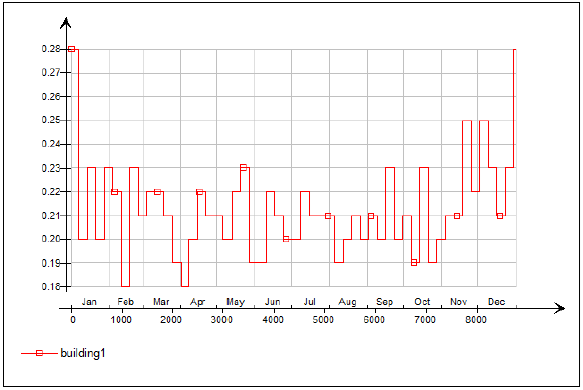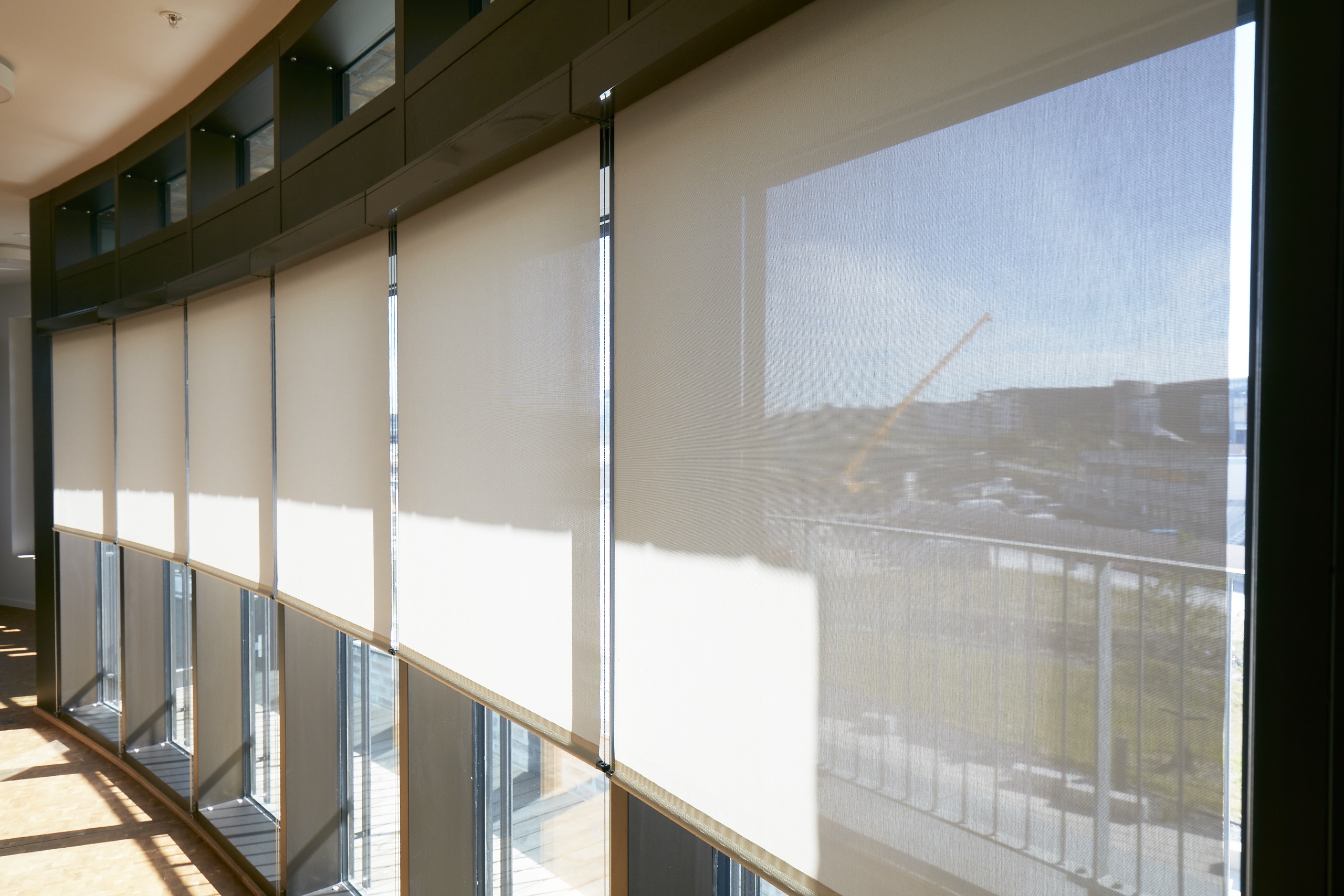What is the g-tot value again?
The g-tot is the solar factor of a glazing combined with a solar protection device. It tells you something about how much heat will be kept out of a building by the combined properties of the solar shading and the glazing.
Now regarding the misunderstandings:
All g-tot values are calculated equal
There are actually several ways to calculate a g-tot value. Some are simplified, others allow more detail. The following methods are used the most:
EN ISO 52022-1 (formerly known as EN 13363-1+A1): this standard specifies the simplified method for the calculation of g-tot. These are the advantages:
- Most parameters are fixed (distance of the blind to the window, gaps around the blind, distance between the panes of the glazing etc.).
- To calculate you only need the integrated U-value and g-value of the glazing and the integrated values for solar transmittance, solar reflectance and solar absorptance of the shading.
- The accuracy is less but it is a good tool to compare different solutions when other parameters are unknown.
- You can make this calculation using a simple Excel-sheet.
- In our Guide Me brochures, we give a complete overview of the simplified g-tot values of our fabrics with standard glazings A, B, C and D.
EN ISO 52022-3 (formerly known as EN 13363-2): this standard specifies the detailed method for the calculation of g-tot. A lot more information is needed for this type of calculation:
- Distances: between the blind and the glazing and between the individual panes of the glazing.
- Gaps: holes in the blind, gaps at the top and bottom of the blind and at the sides.
- The spectral date of the blind: these are the transmittance and reflectance values per wavelength from 250nm to 2500 with intervals of 5nm.
- The spectral date of each individual pane of the glazing.
- You will need special software to make this kind of calculation.
ISO 15099: this one is comparable to the detailed method of EN ISO 52022-3, yet slightly different. Some simulation tools like ESBO and WIS use this method. Outcomes are similar to EN ISO 52022-3.
I only need to know the g-tot to predict the temperature in an actual building.
Actually the g-tot only tells you something about the performance of the combination of your blind and window. How cold or warm your room will be in reality depends on other factors as well:
- Occupancy of the room: how many people.
- Colour of the walls, floors and furniture.
- The ventilation of the room.
- Electrical devices in the room: such as computers, printers, artificial lighting,…
- The insulation of the walls and ceilings.
- ….
To know the actual climate in your future building you need more than a calculation. You will need a simulation tool. ESBO is a good start as it is linked to the more elaborate tool IDA ICE.
A g-tot value is constant: it applies everywhere, throughout a whole year.
The real g-tot value actually fluctuates throughout the year, because it also depends on the position of the sun. And this position is different depending on the location of the building, the time of year and the time of day. In an average ESBO calculation, the graph for g-tot looks like this:

Why is this important?
Mind the fine print when you see g-tot values. There should always be an explanation about which norm was used to calculate the g-tot. If a detailed norm was used, it has to be apparent which parameters were used to make the calculation. Only with this information a comparison with another solution can be made in a correct way.
Do you need more information?
Helioscreen offers an Android app for the simplified calculation of g-tot: G-value calculator. Look for it in your Play Store. A version for Apple will be coming soon.
If you have any further questions, please do not hesitate to contact us via marketing@helioscreen.com.






